HOW TO GET THERE AND AWAY
Travelling to the Start of the walk
The first part of this walk starts in Koyasan on Mount Koya. You will need to get yourself to and from the start and end of your walk (i.e. you will need to organise your travel to the start of the walk in Koyasan and then onwards from your last accommodation).
From Koyasan you will travel to Tanabe and the walk ends in Nachi-san or Nachi-Katsuura. To make it easy we have collated some useful information that will assist you in making arrangements for your travel.
By Air: By far, the best option is to fly into Osaka and take the train from there. You can take the train direct from Osaka Kansai Airport to Koyasan. The train station is at the airport, and there are English speaking staff at the ticket office. The train ticket You might consider spending some time in Osaka. Osaka is a very interesting city and has many beautiful temples and of course Osaka Castle. In spring it is particularly beautiful. It also has a sophisticated restaurant culture and markets that seem to go on for kilometres, literally.
By rail: Japan has one of the best train systems in the world, so it’s very easy to catch a train to any destination in the country. An express train is the fastest way to travel to the area. Travelling in Japan on trains is a seamless experience, and it is not necessary to always pre-purchase tickets. There’s plenty of Rail staff that speak English well enough to direct you the right way and to converse with you about how to buy your ticket. We can provide more information if you wish, so please ask one of our destination consultants. However, Hyperdia is easily the best resource when planning your train travel in Japan.
This sounds complicated, but it is not and is all part of the adventure; normally you will need to buy just two tickets for the whole journey. You will need to get from Osaka to Shin-Imamiya Station on the Osaka Loop Line, There are 5 limited express trains per day that will take you directly to Gokurakubashi on the Nankai line (not a JR line). It is also possible to take an express or rapid train (departure every 20-30 minutes) that will take you to Hashimoto in less than two hours, from there you will have to take a local train to reach Gokurakubashi.
From this station, the Koyasan (Mount Koya) cable car will take you to the Koyasan stop for YEN390 for a 5-minute journey. Once off the cable car, you will be directed by a conductor onto the right bus (not part of the ticket) for your accommodation (see day by day summary) for a 10 minutes ride to Koyasan Senjuinbashi and your accommodation.
Hyperdia is a great website resource to figure out when and where your train departs. It might be best to buy your train ticket on the JR train network when you first arrive in Japan so you can relax. However, the trains run often and are so efficient that you shouldn’t have any trouble just arriving 20 minutes beforehand and buying a ticket. JR passes can be a convenient and reasonable way to get around the area. There are two regional JR passes that cover the Kii Peninsula: Kansai WIDE Area Pass, and Ise-Kumano-Wakayama Area Tourist Pass.
Getting to Kii Tanabe and the Kumano Koda from Koyasan
By rail: Much the same as getting there, take the cable car and Nankai Railway from Koyasan to Hashimoto (one hour) and transfer to the JR Wakayama Line onto Wakayama Station (about one hour). From Wakayama, take a limited express train along the JR Kinokuni Line (aka Kisei Line) down the coast to the Kumano region (80 minutes to Shirahama, 2 hours to Tanabe). The one-way fare from Hashimoto to Tanabe is around YEN4,500.
By local buses through the mountains via Ryujin Onsen (no service in winter)
From April through November, there are one or two bus connections per day from Koyasan to Gomadanzan, from where it is possible to continue to Kii-Tanabe Station or Hongu Taisha. The entire one way trip between Koyasan and Kii-Tanabe Station takes around 3.5 hours and costs about YEN5,000. During winter, there is no bus service between Koyasan and Ryujin Onsen. Please ask at the information centre as per the details to what time it leaves (it was 9:45 am the last time we checked, please let us know if this has changed). The bus departs from outside the Koyasan Tourism Association Central near the Takano Post Office and the Koyacho Fire Department (near the Koyasan University).
Travelling from the end of the walk
By rail: The train from Katsuura (Kii- Katsuura train station is a short distance from Nachisan) back to Osaka takes about 4 hours and costs about YEN4,700. You can also choose to go to Tokyo or anywhere else for that matter in Japan. However, you most likely will need to travel through a major city to get there.
By Air: See above


 30 years' experience providing walking holidays worldwide
30 years' experience providing walking holidays worldwide








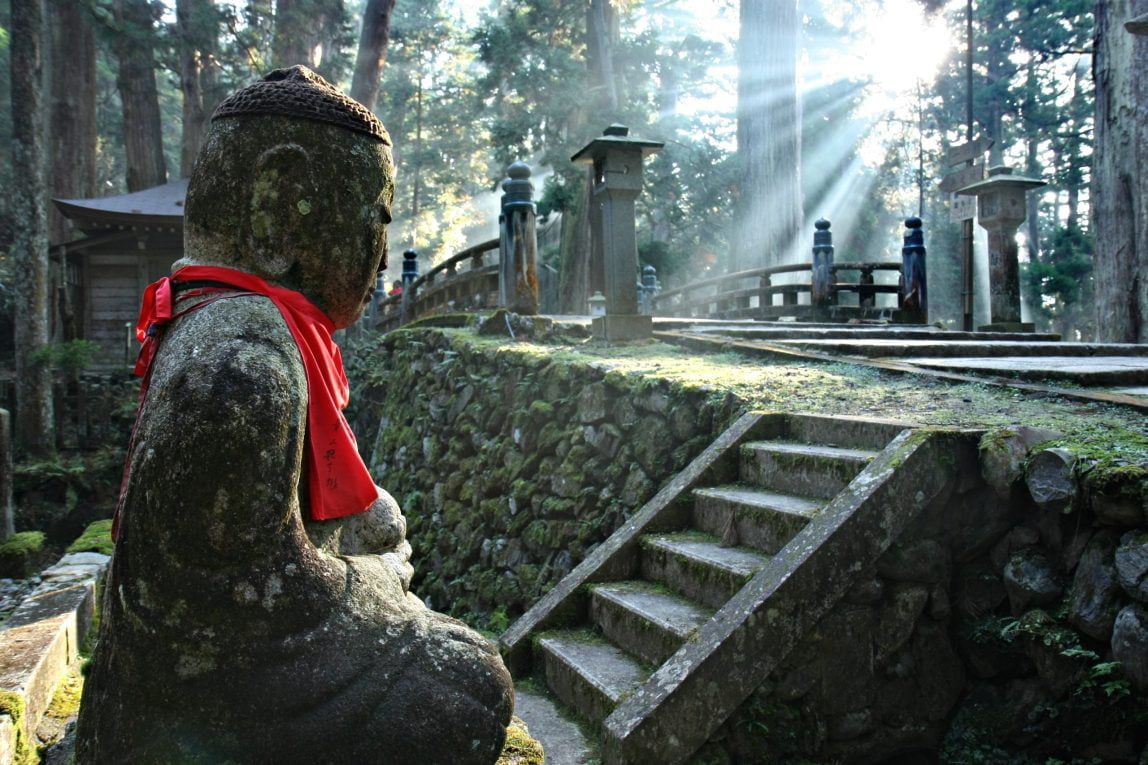
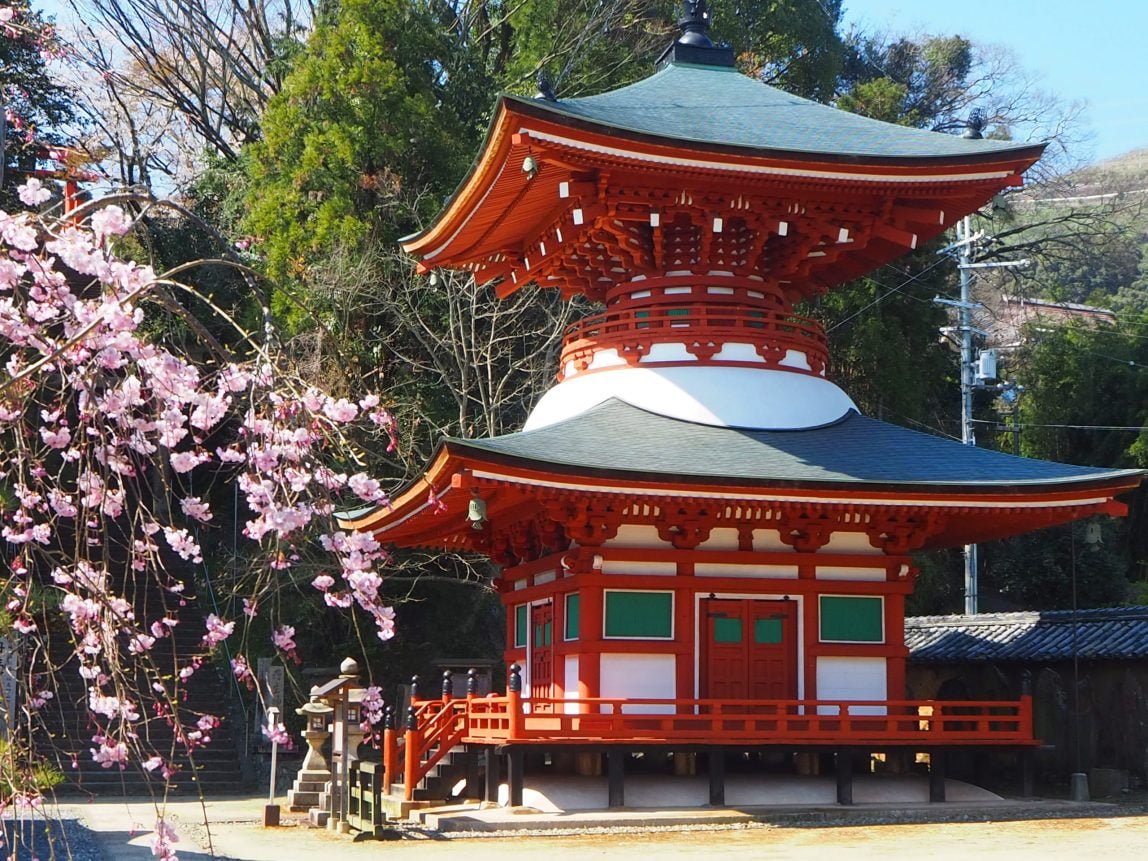
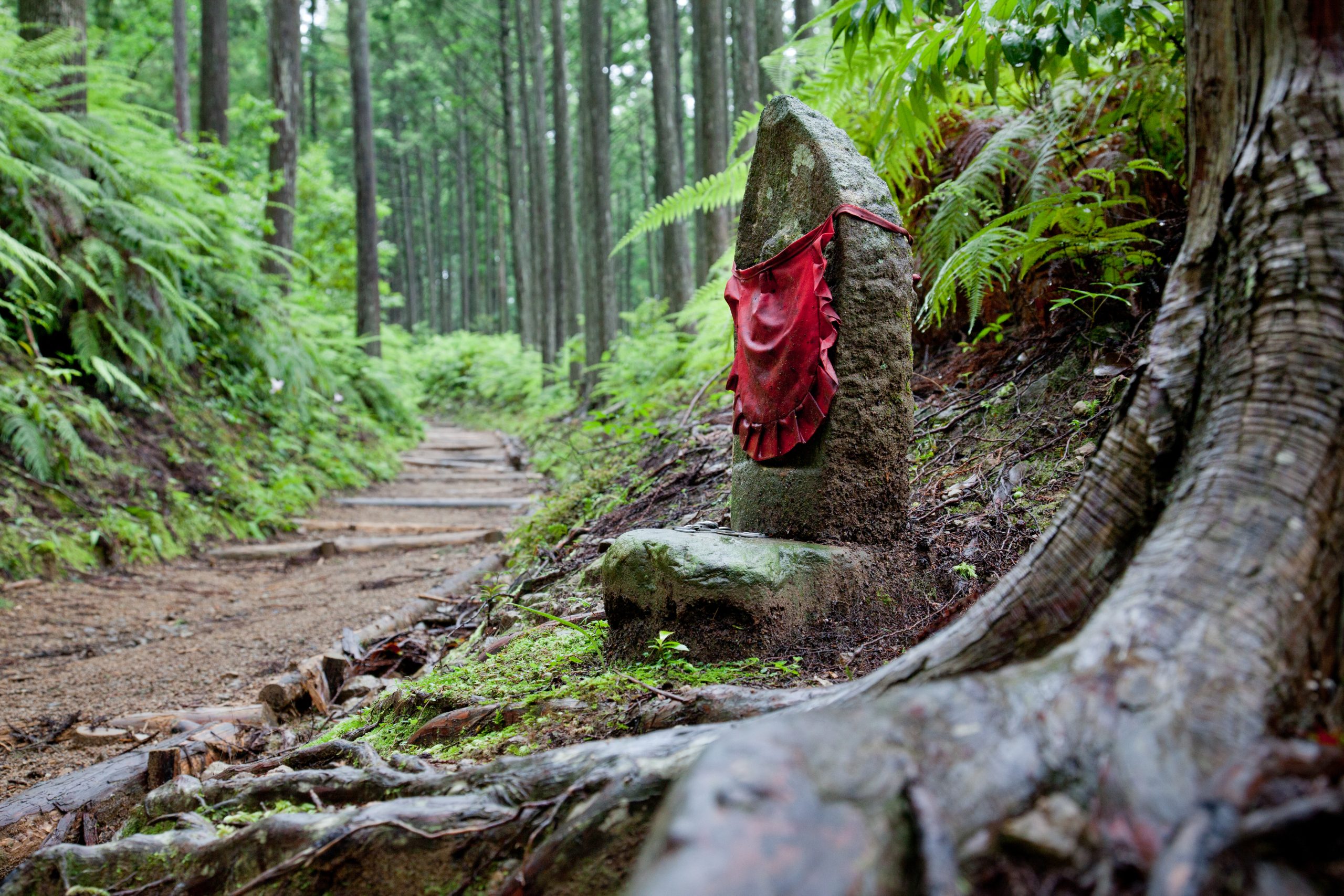
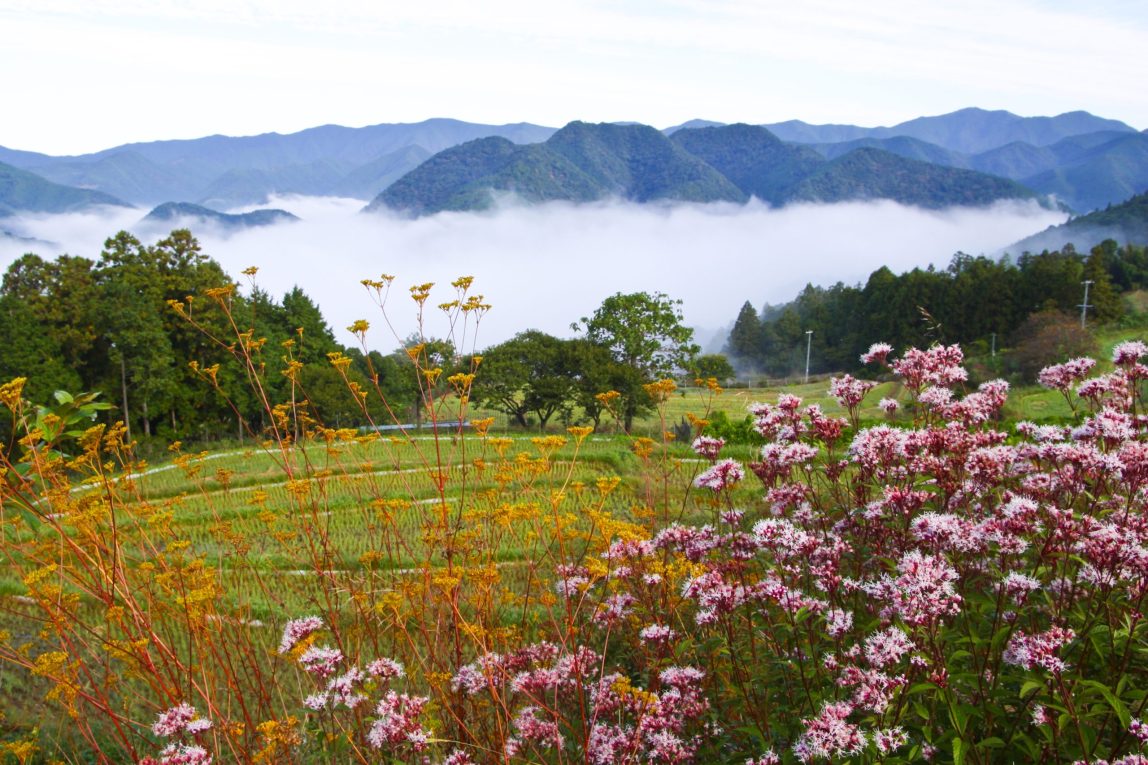
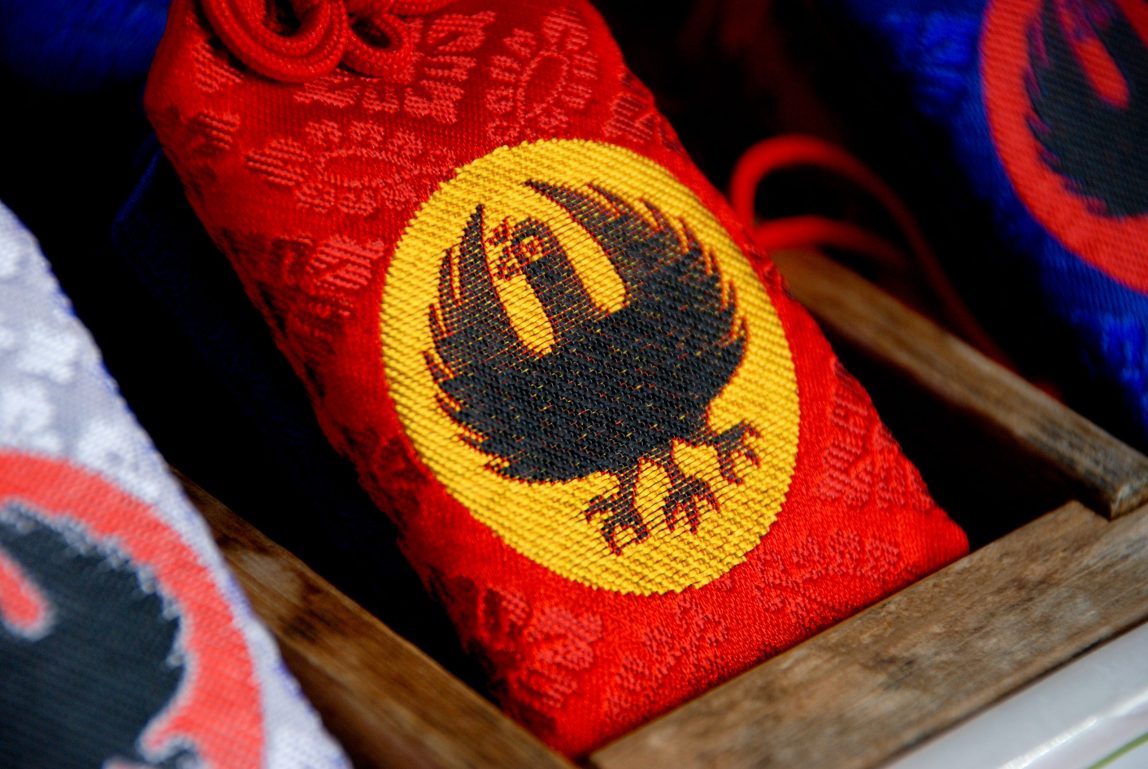
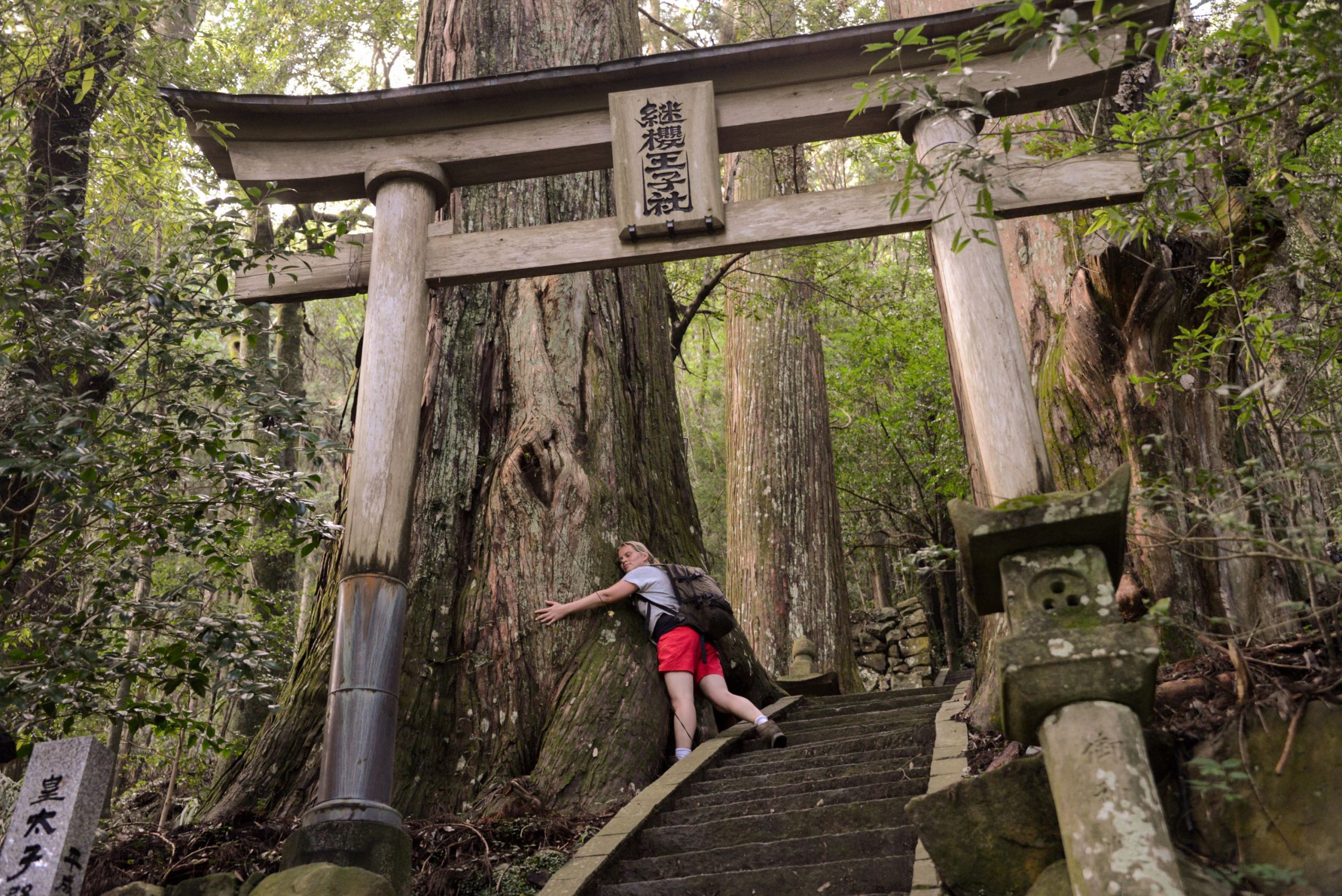
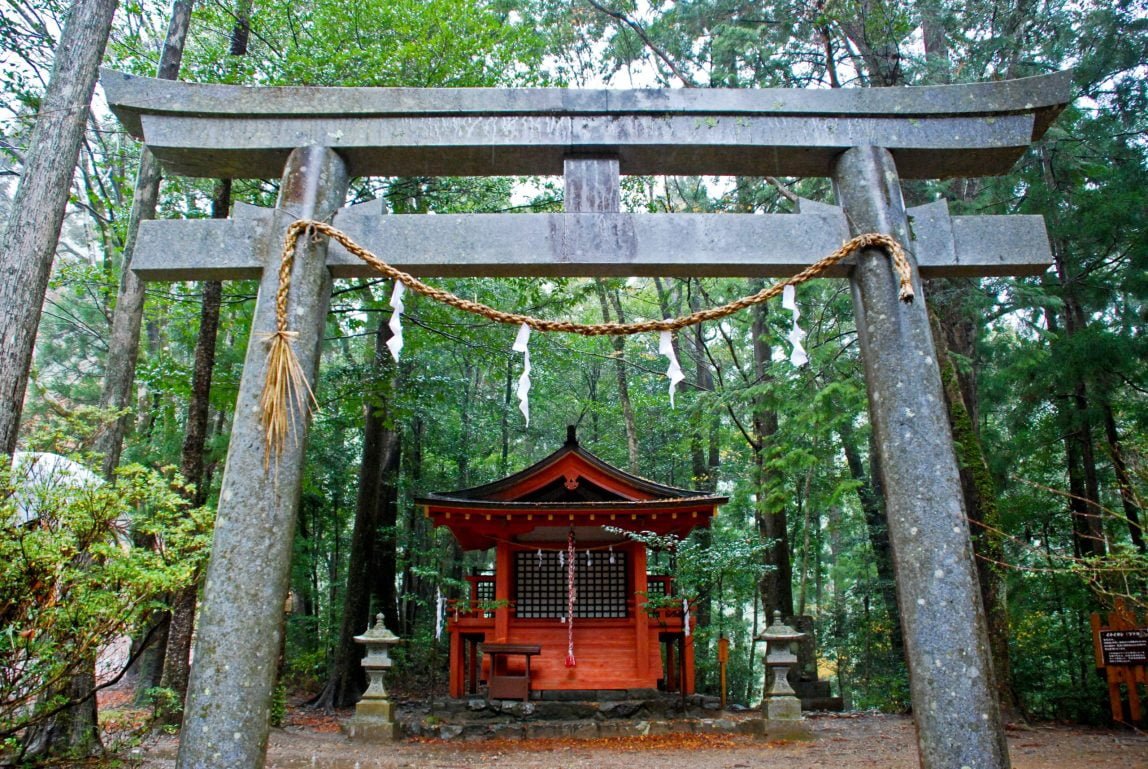
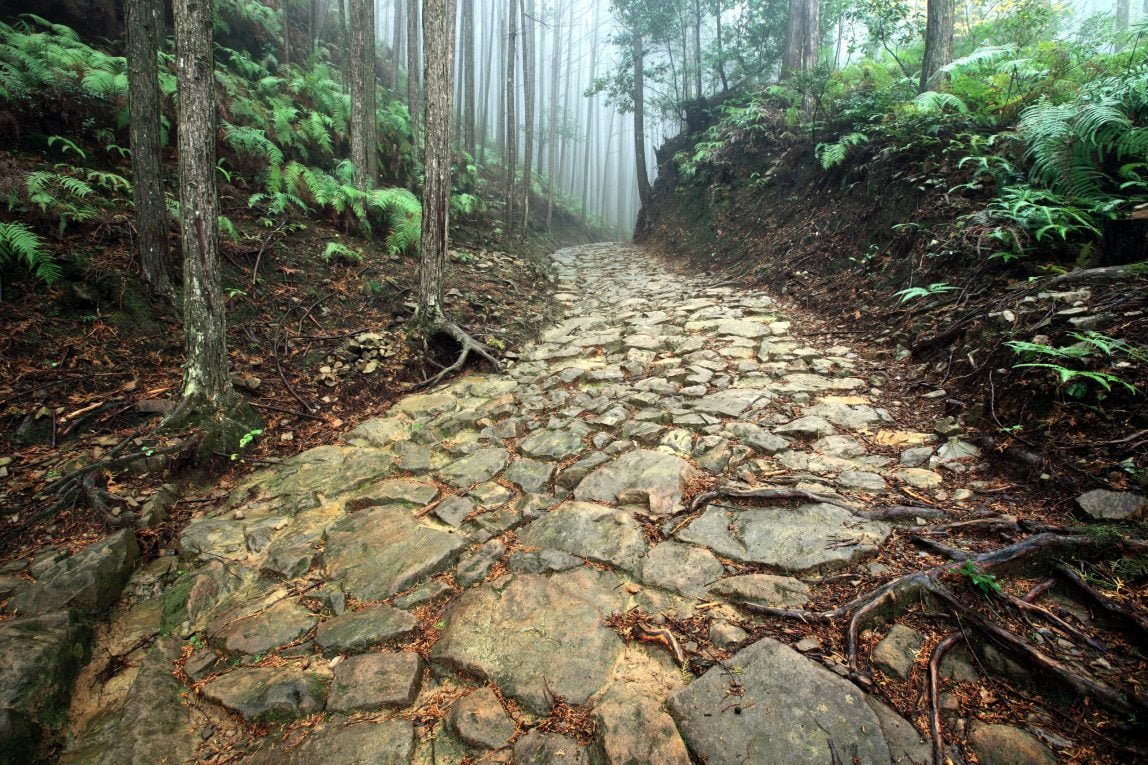
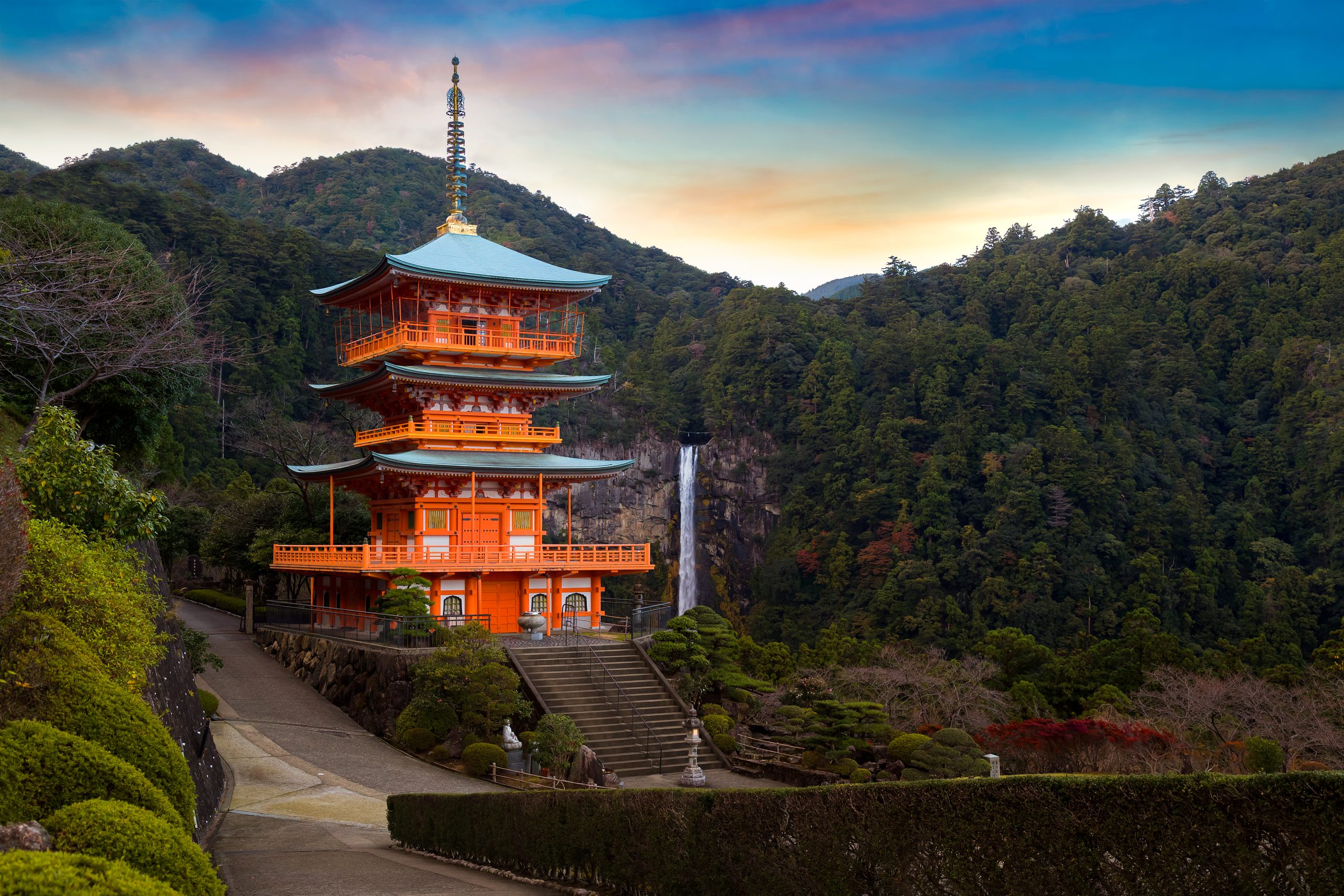
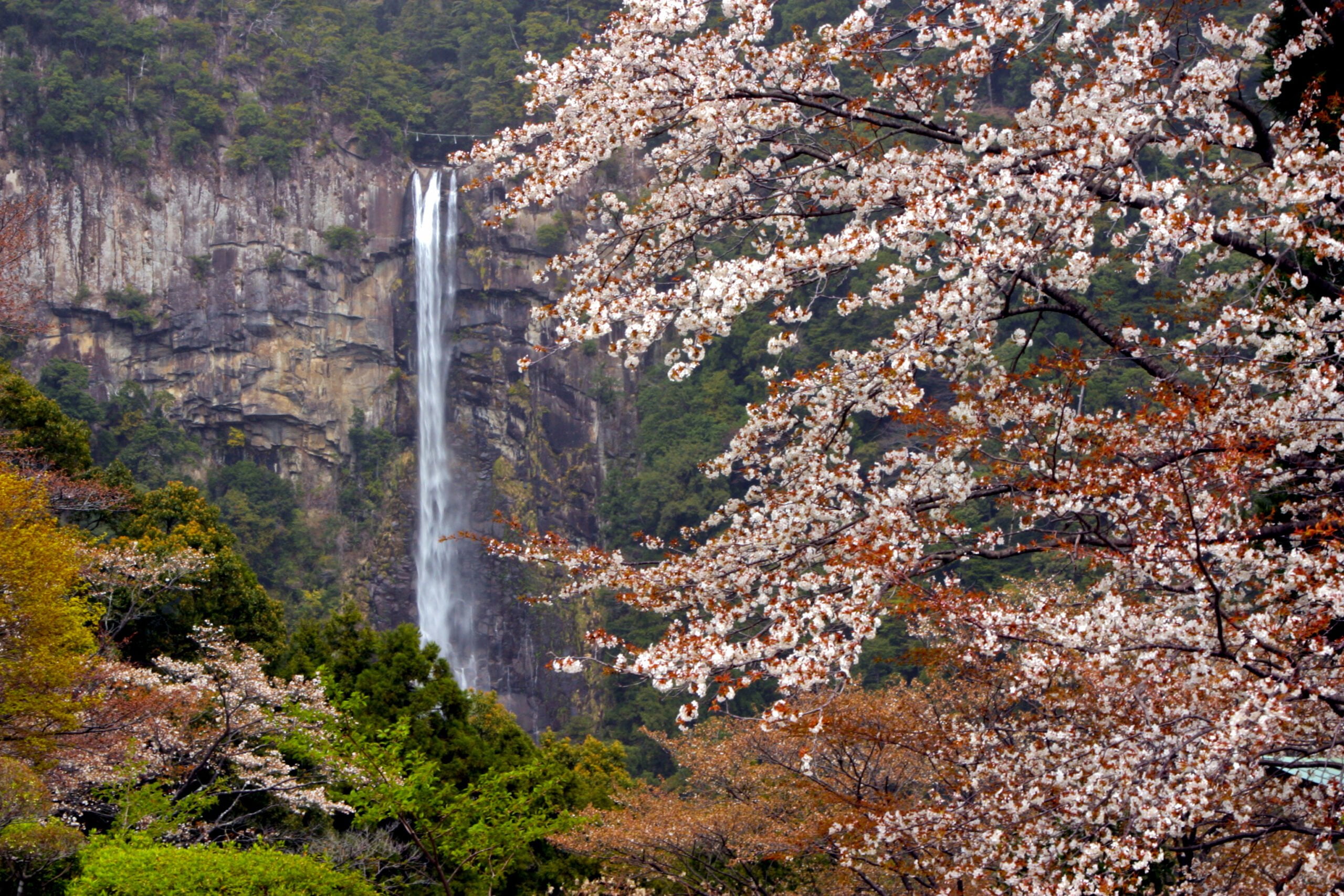




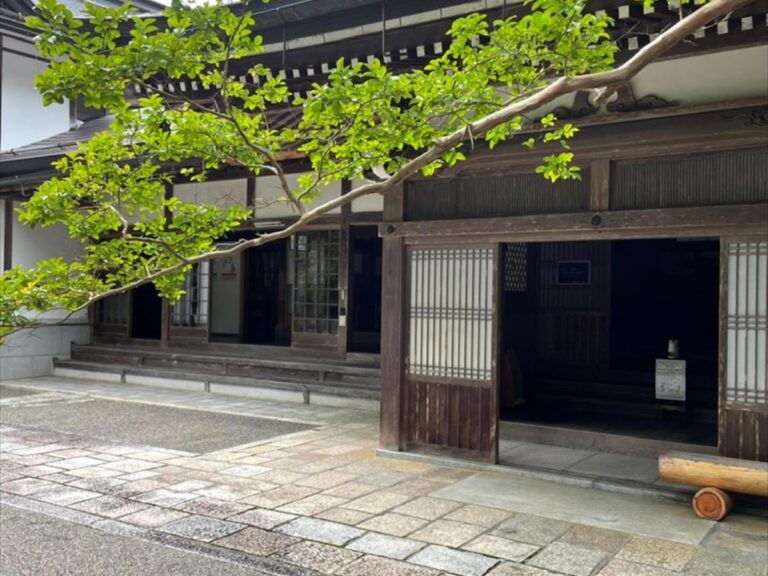
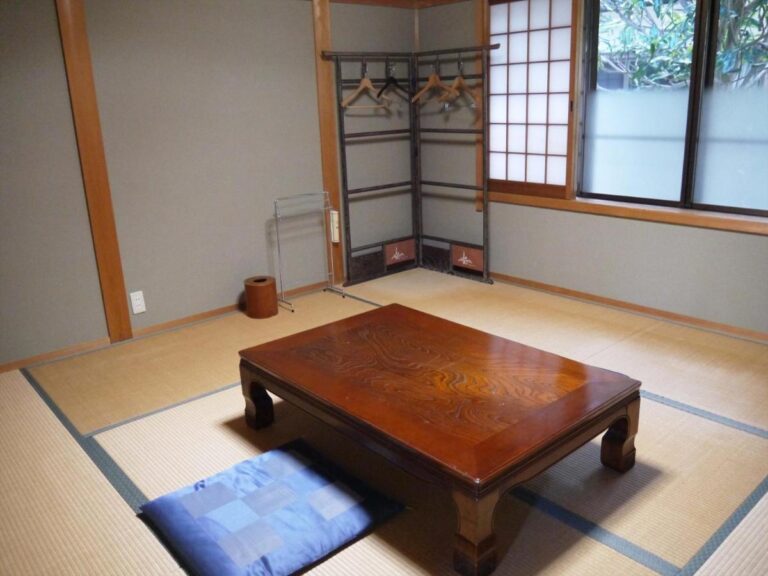
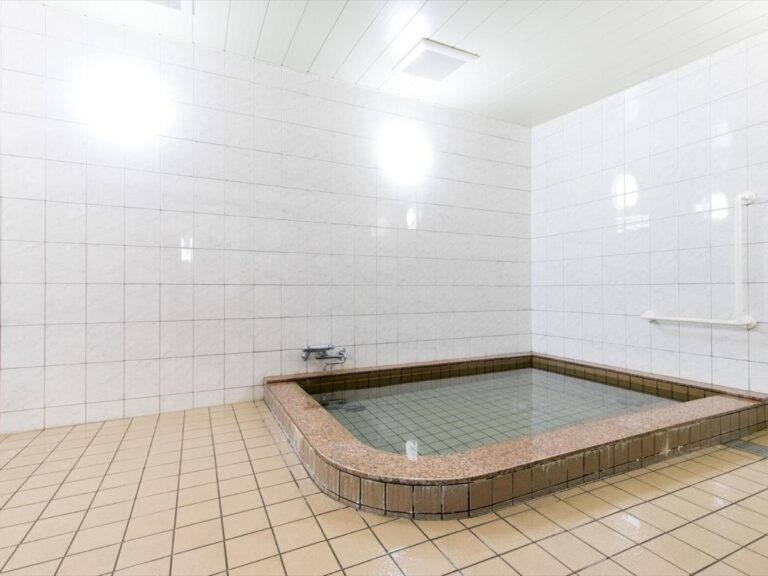

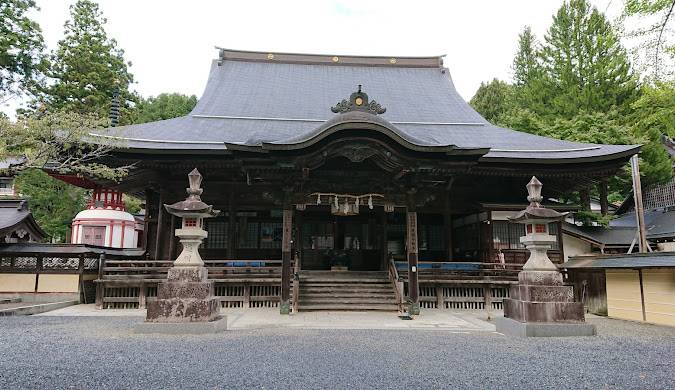
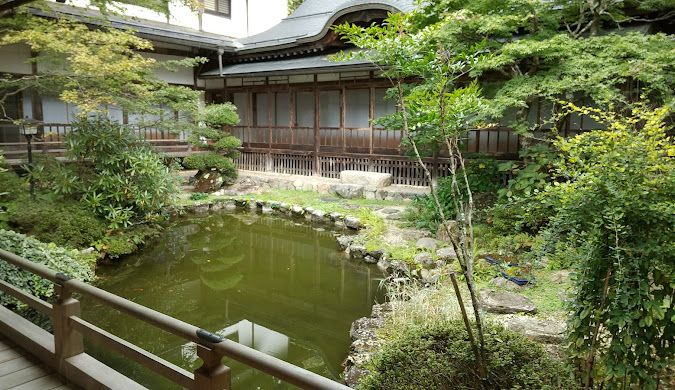

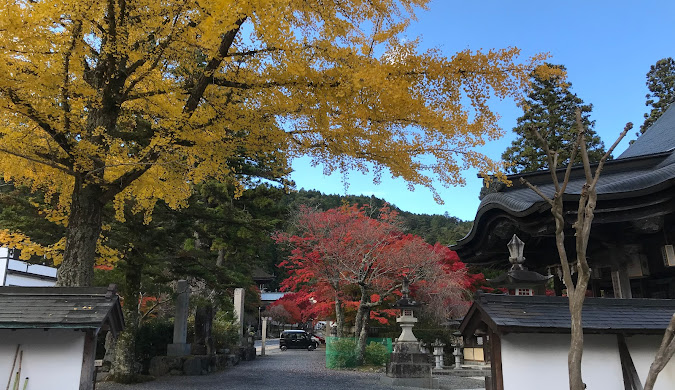
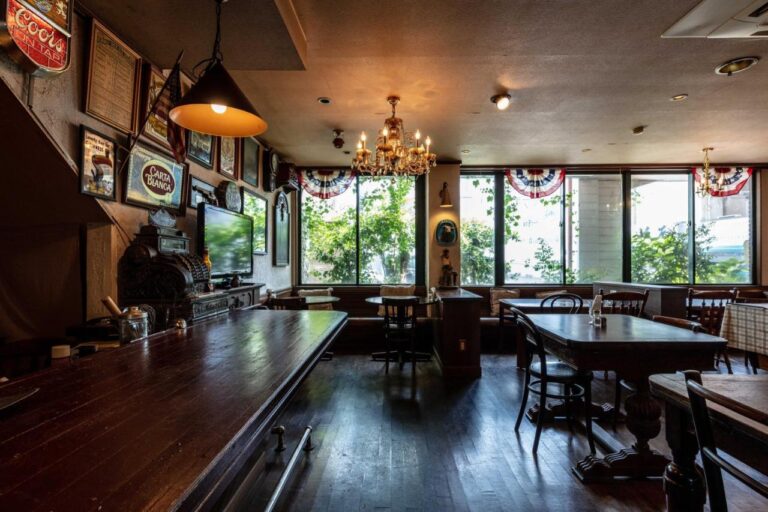
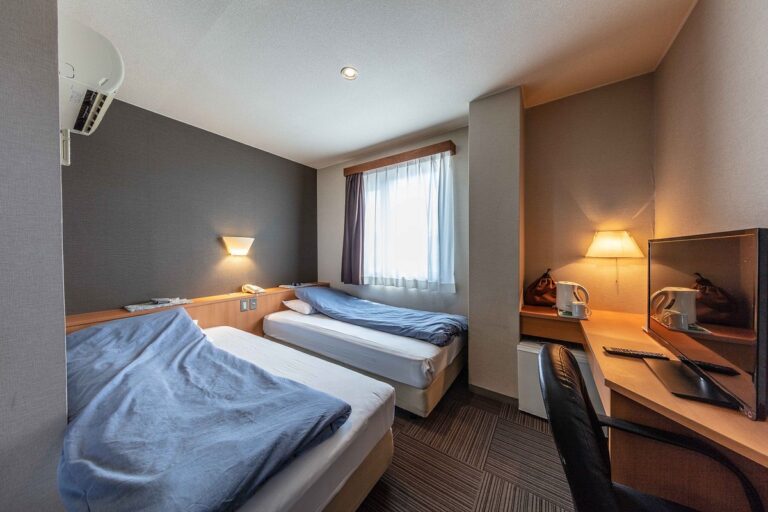
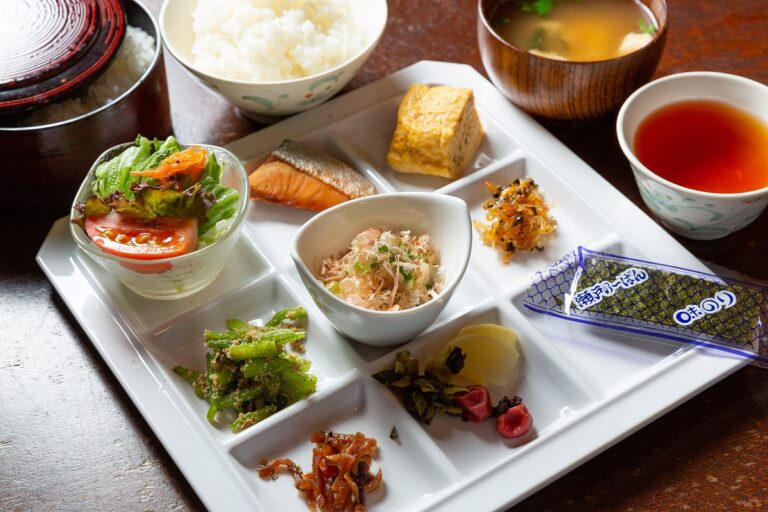
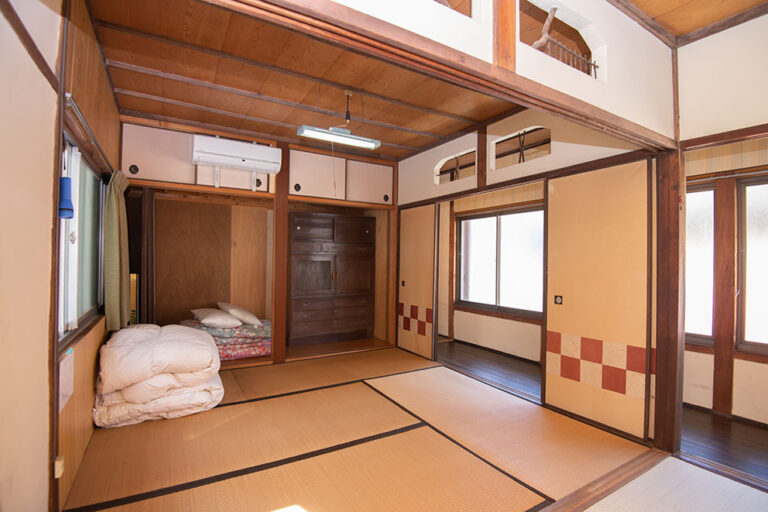
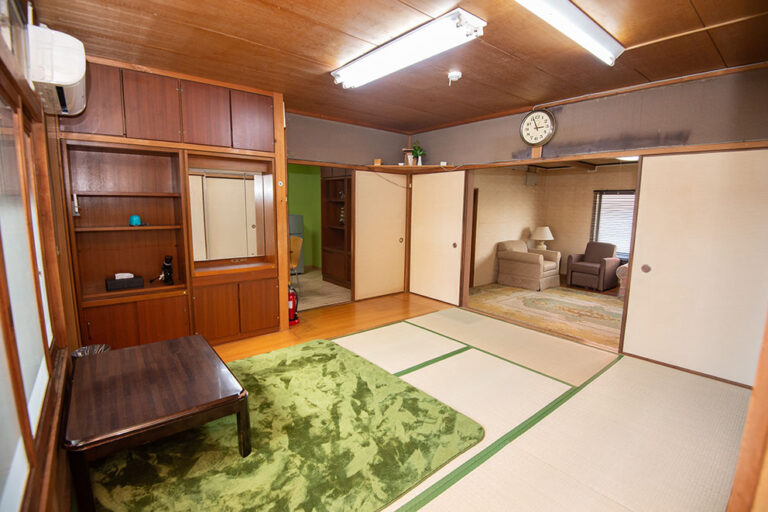
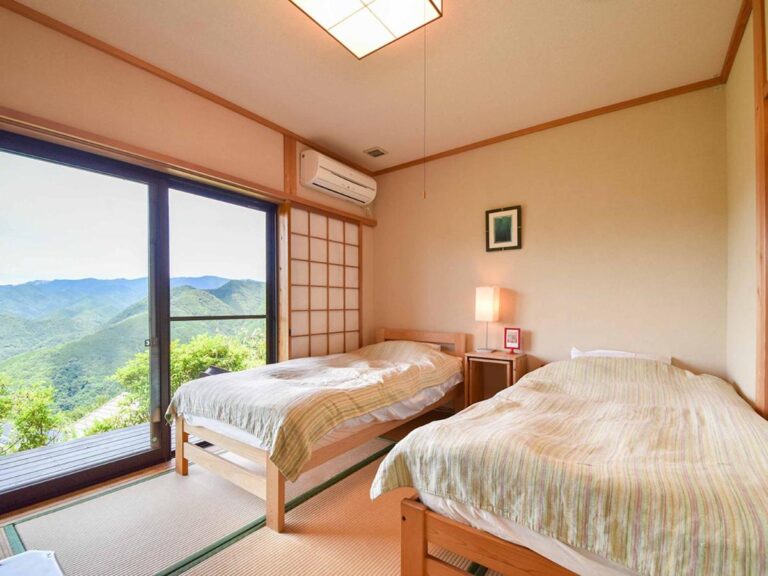
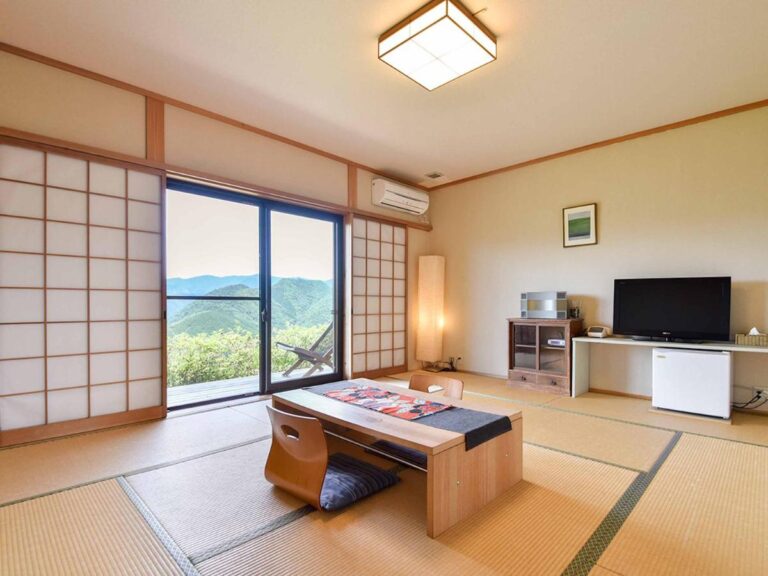
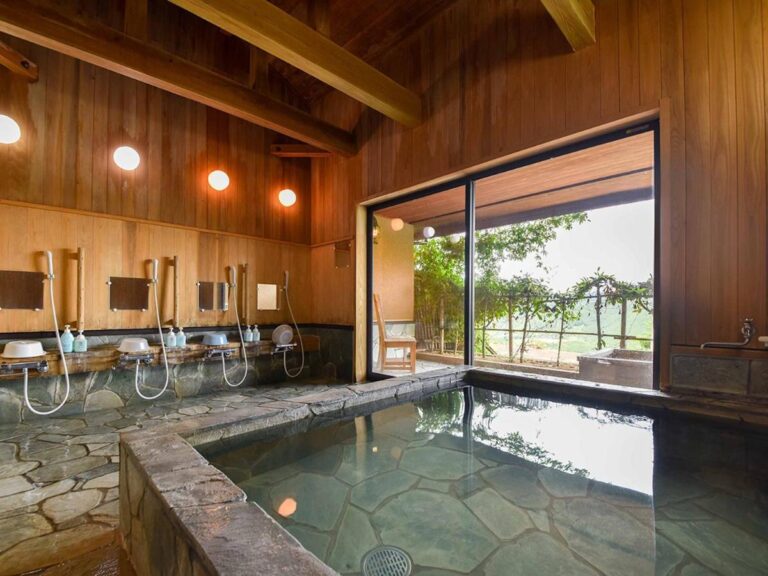
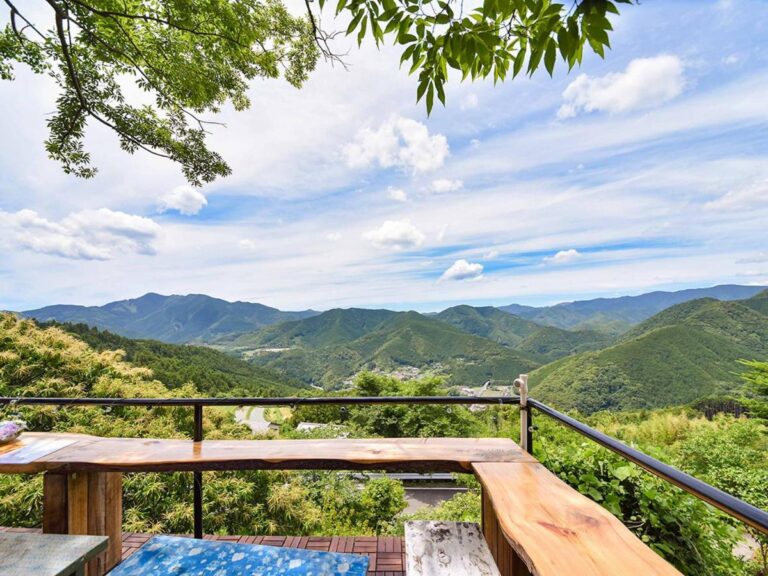
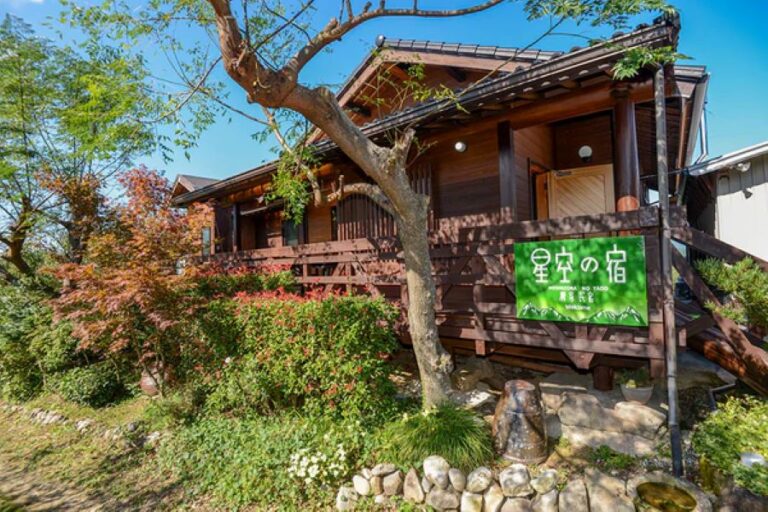
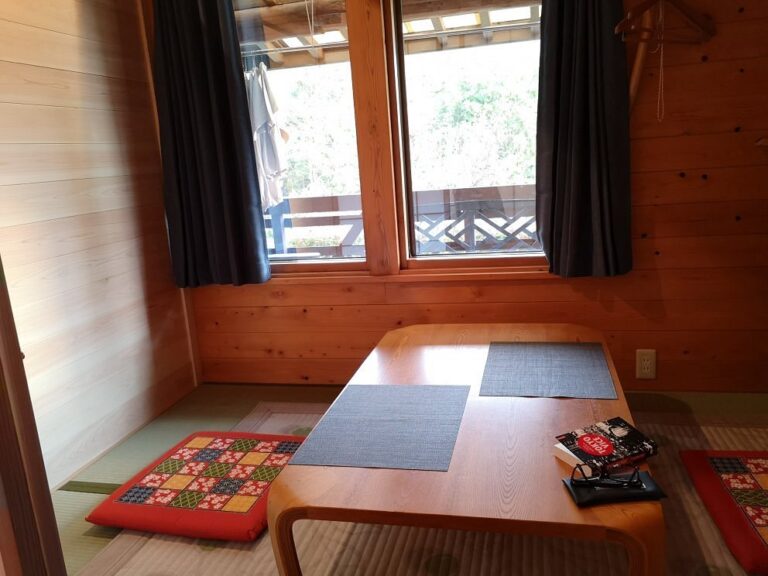
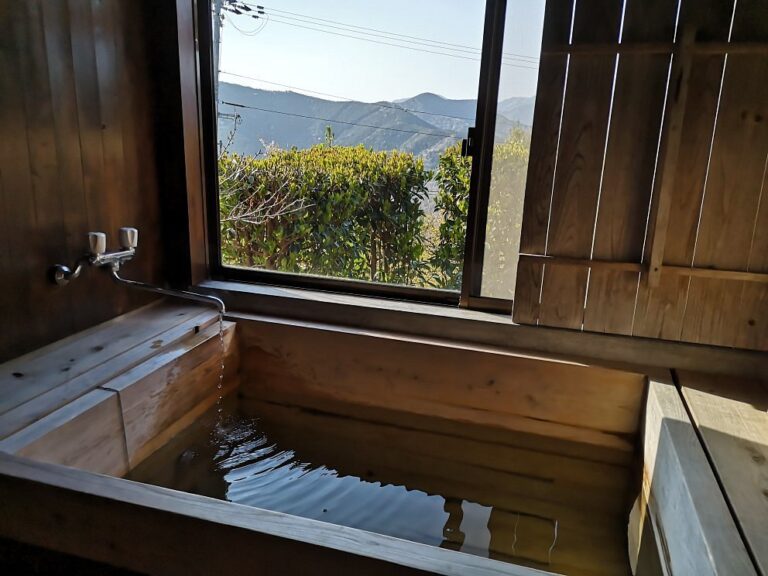
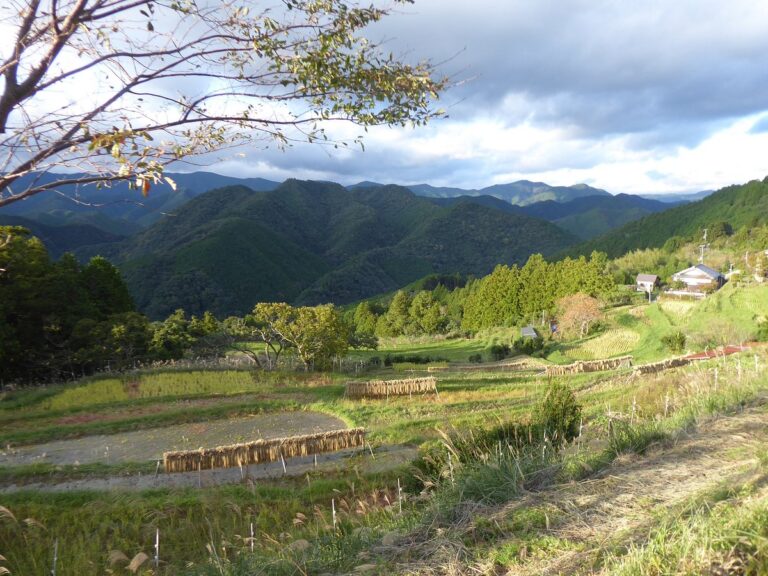
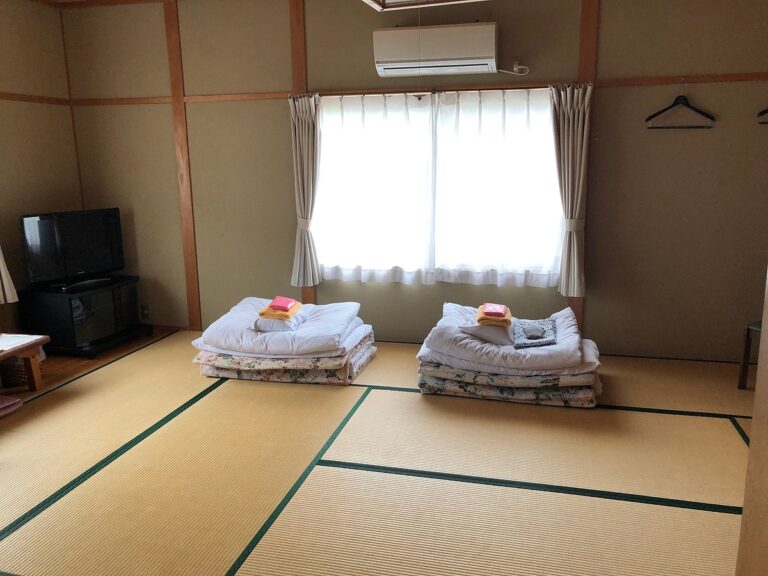
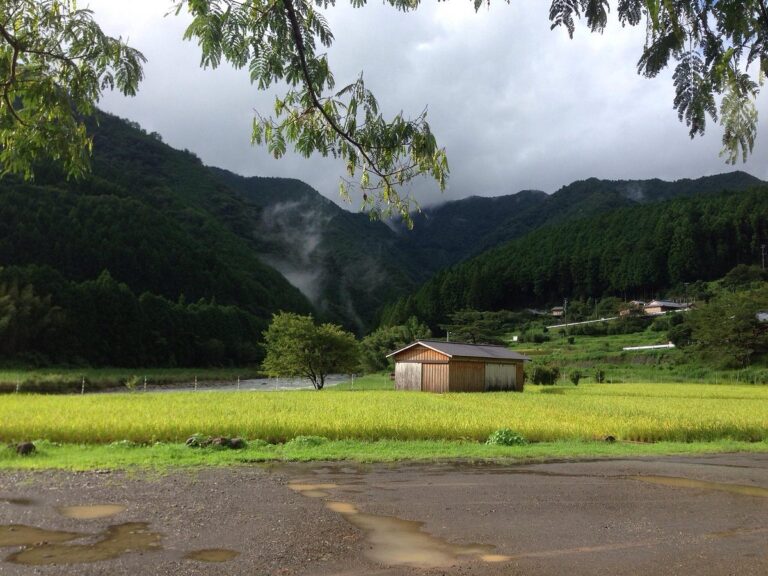
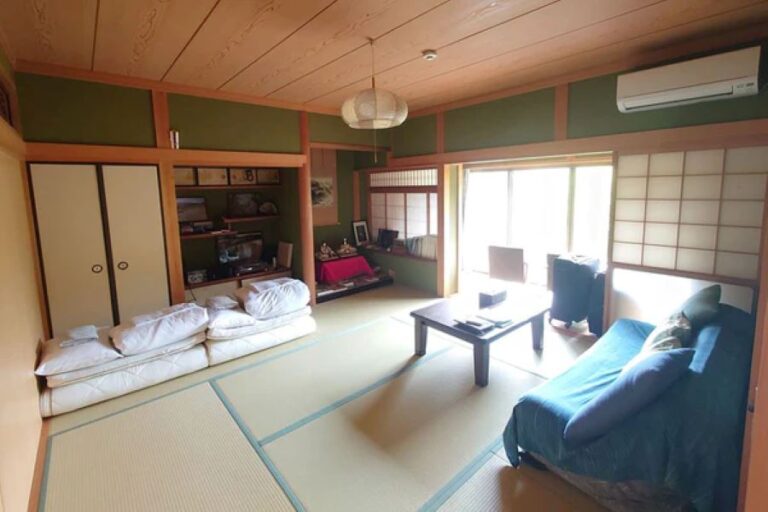
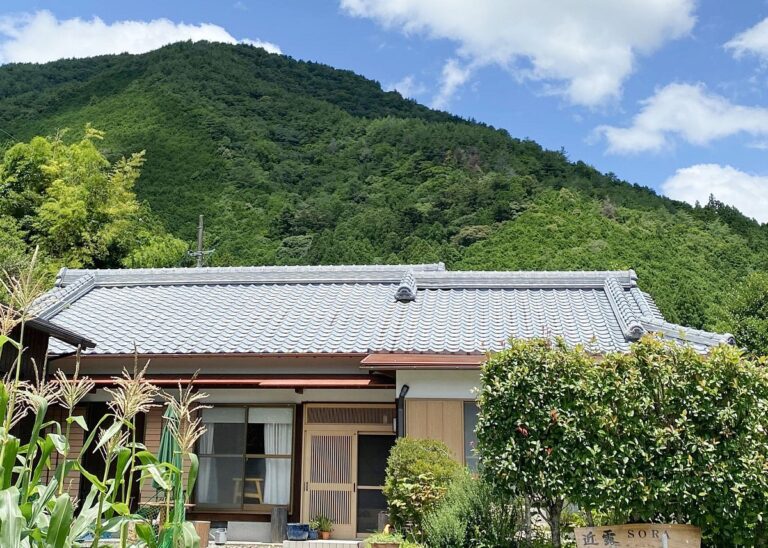
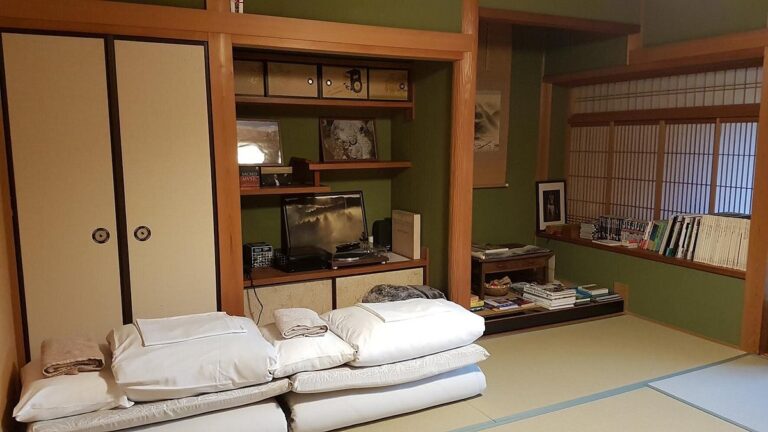
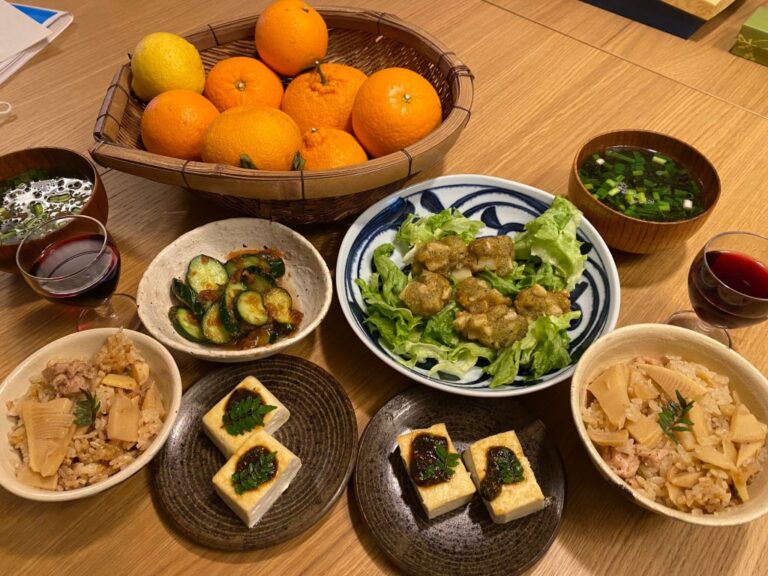
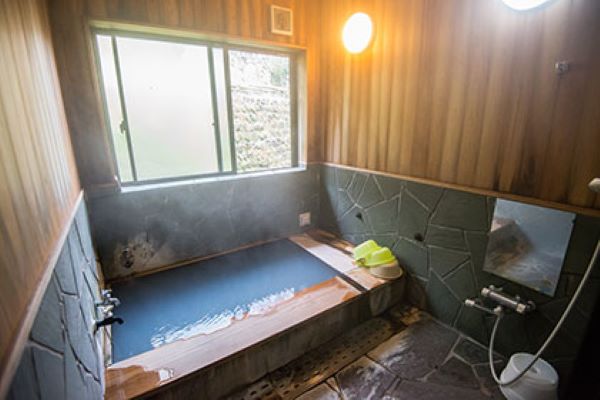
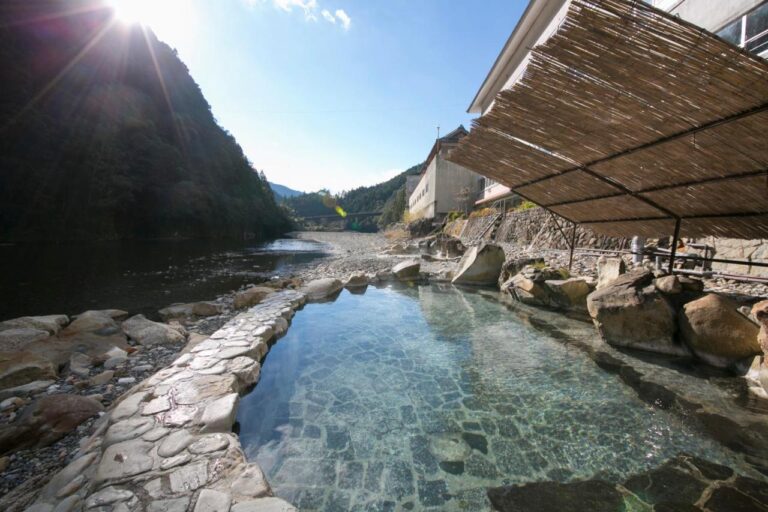
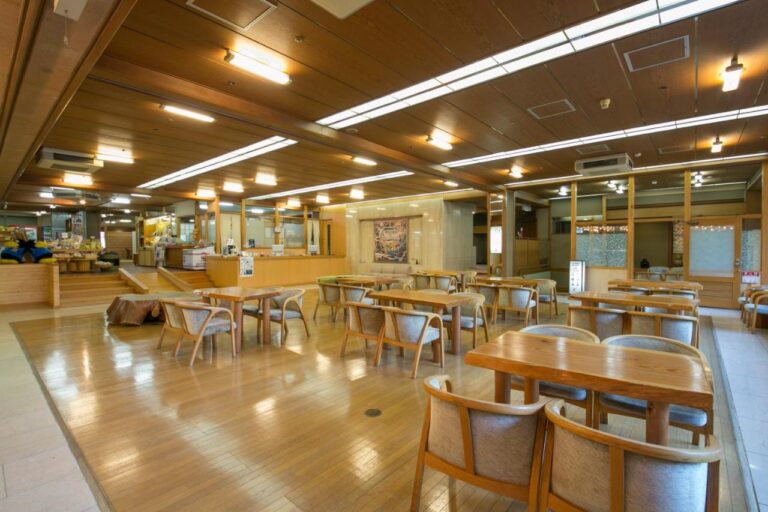
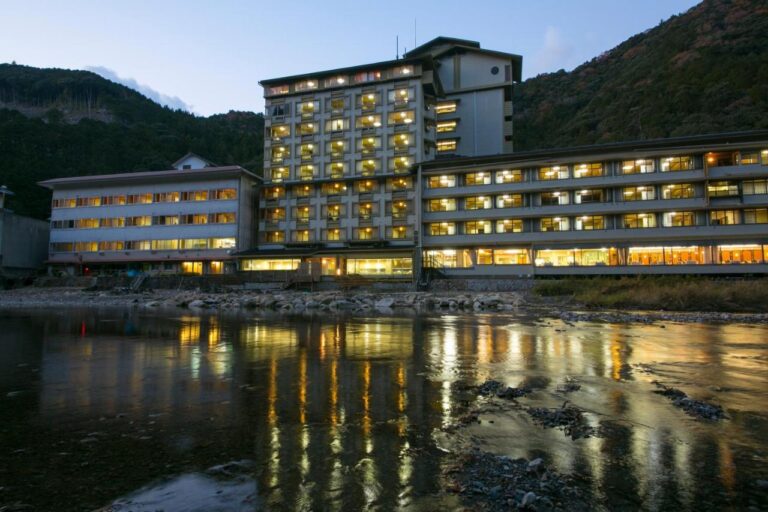
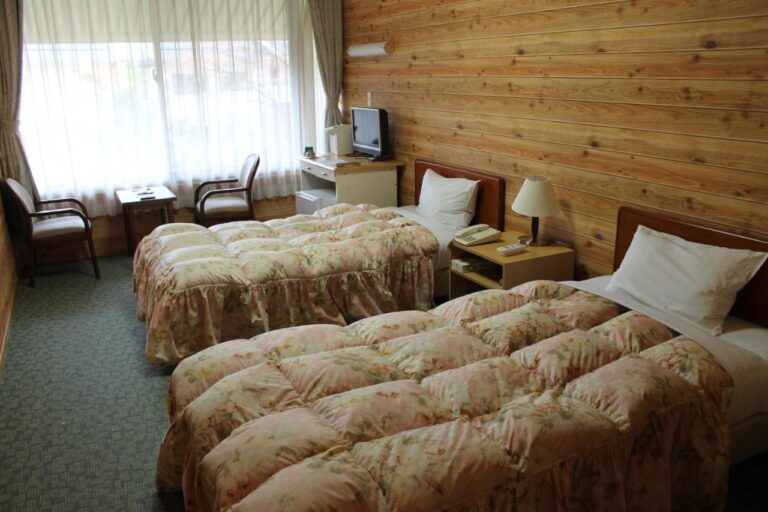
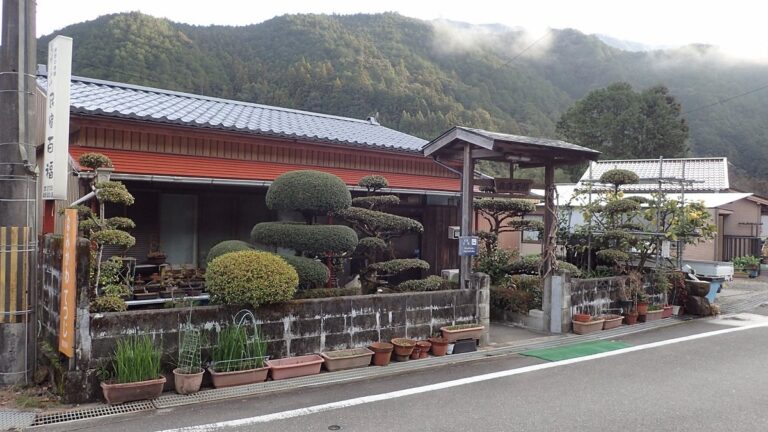
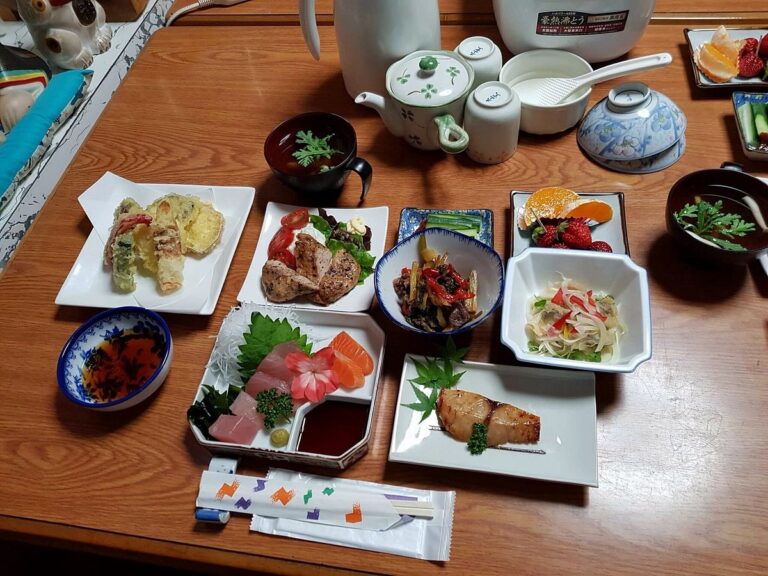
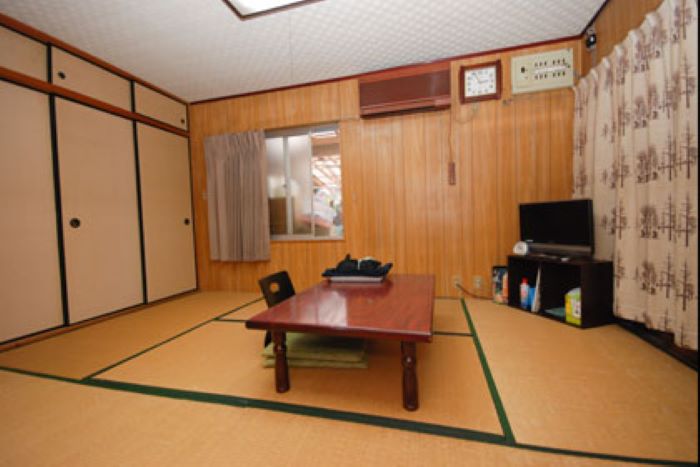
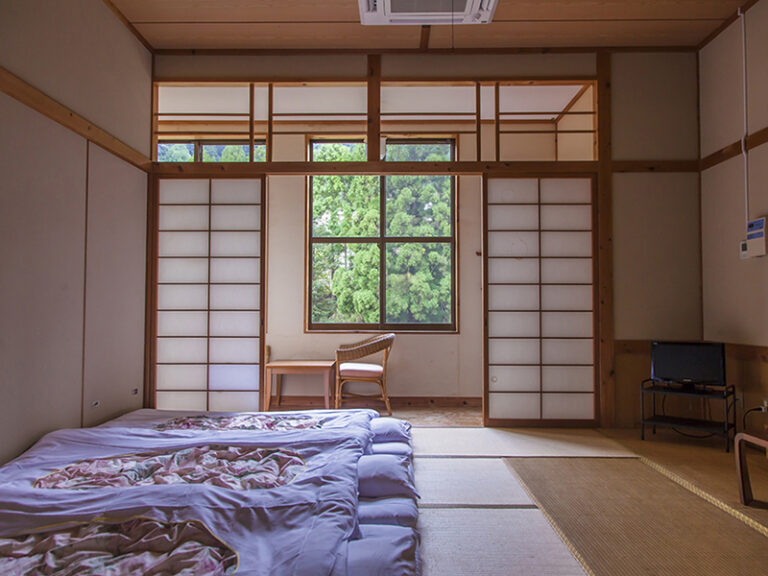
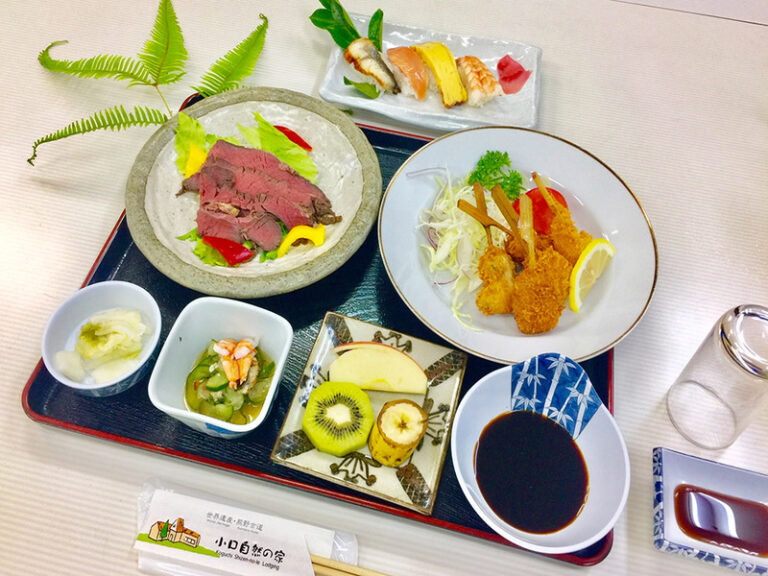
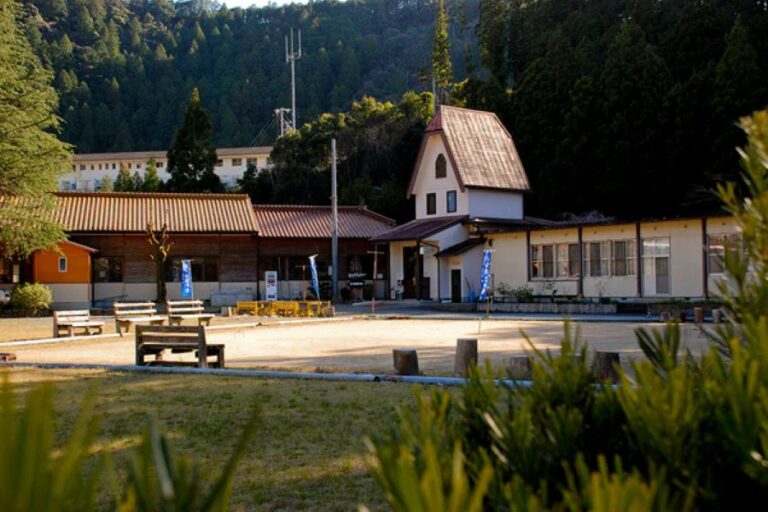
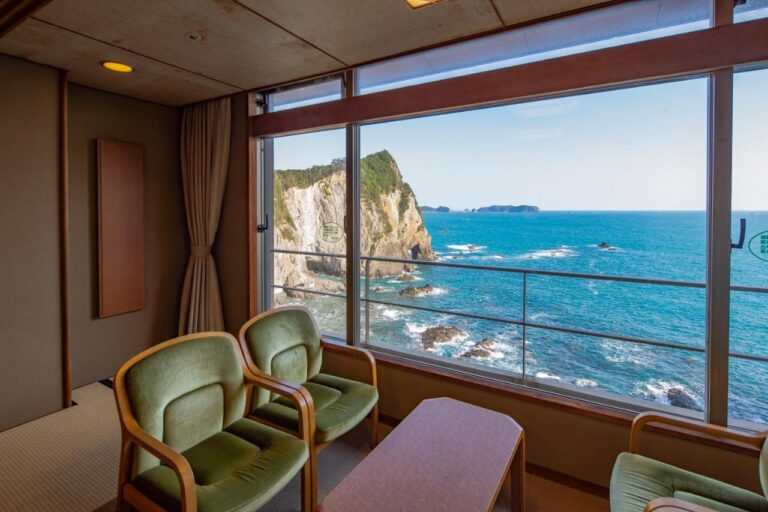
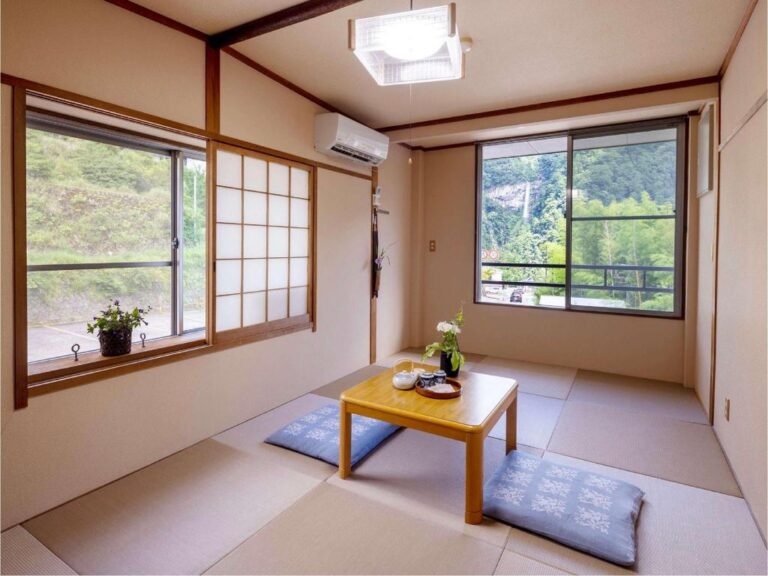
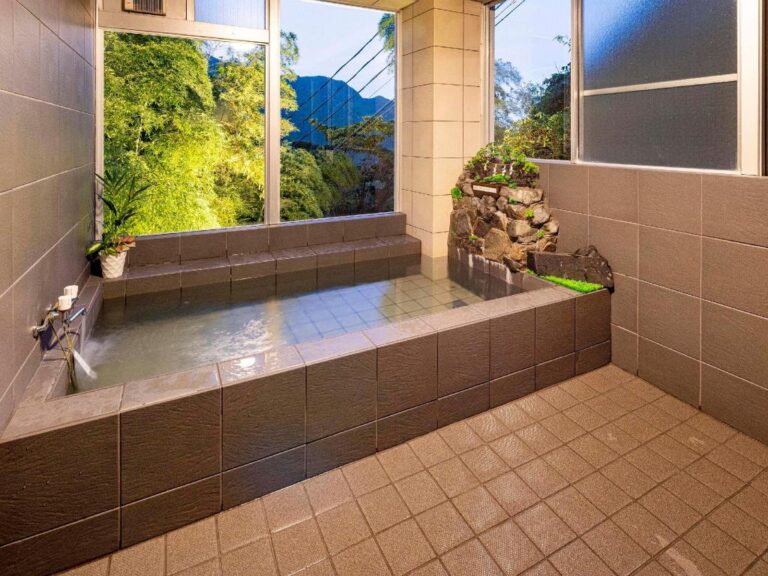
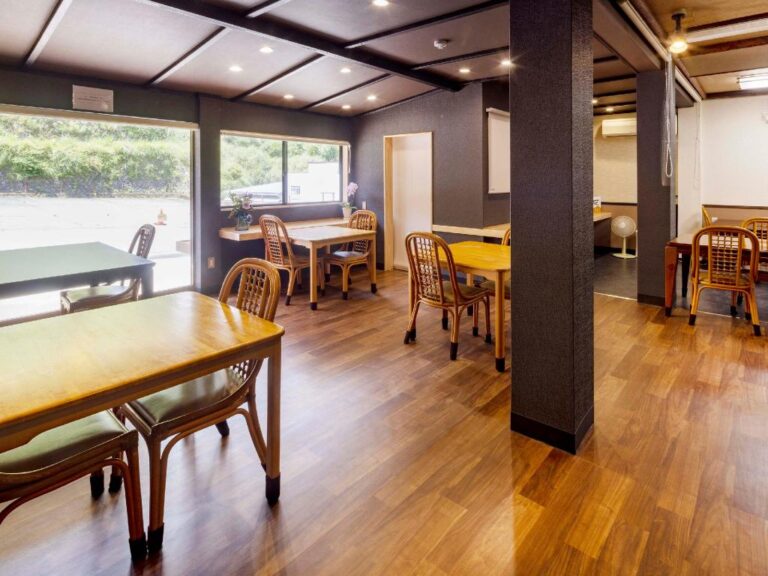
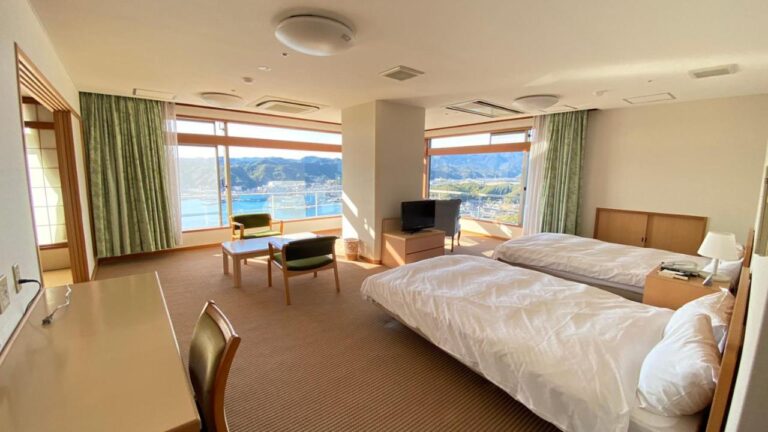
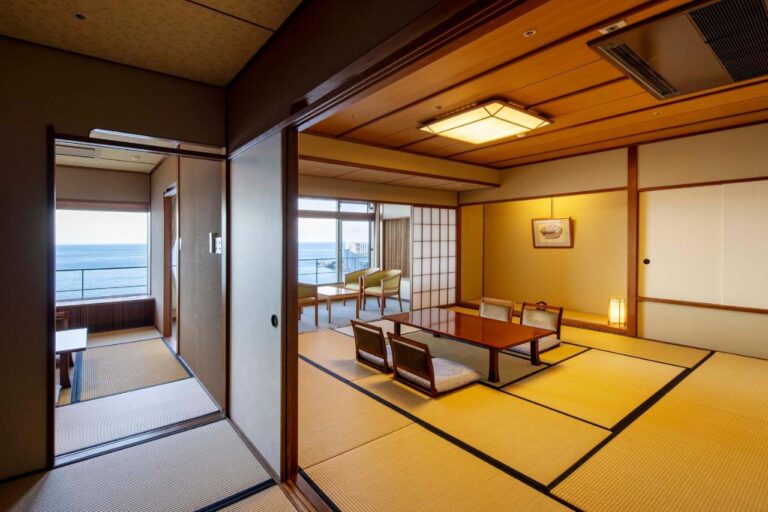
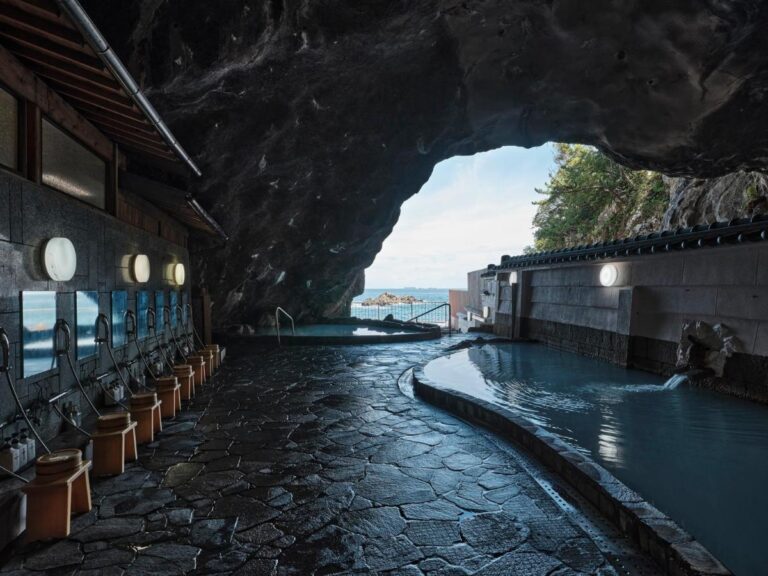
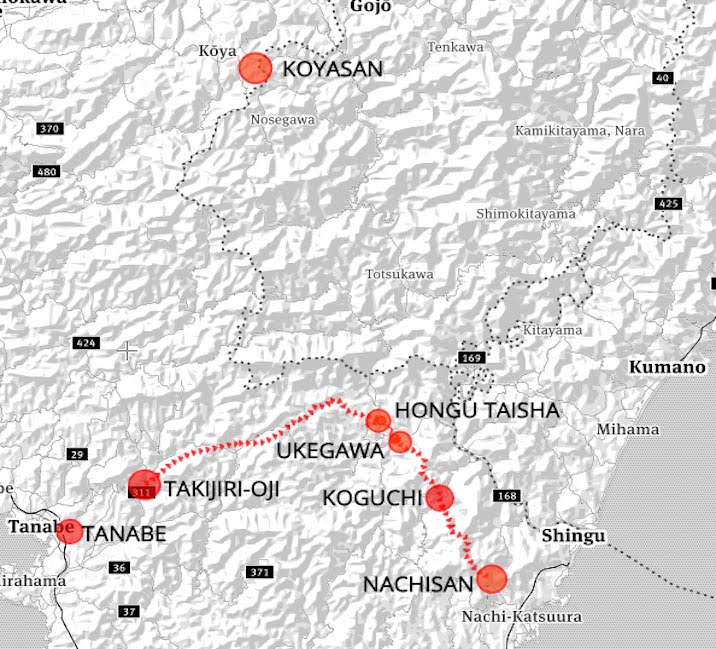
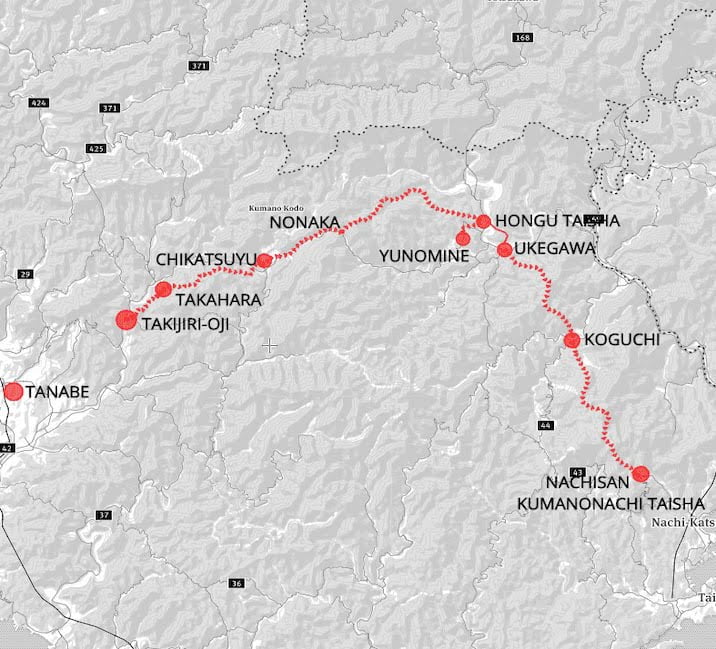
Mick J
The Kumano Kodo self-guided walk was fantastic. The maps and App provided all the info you needed to navigate. The dinners each night were a gourmet feast, supported by massive breakfasts and dinners. The baggage transfer was seamless. And the accommodation was of high standard with great onsens at most venues. Lots of great memories from this walk. Everything was well organized. The catering was outstanding and really was a great reward each day
Karen M
Absolutely loved this Stroll Nakahechi route. Our Luggage transfers were seamless between our charming accommodations. Beautiful food offerings of authentic Japanese cuisine and The Thermal onsen each night were a welcome relief on tired muscles after a day on this beautiful trail. Loved it all and highly recommend Stroll as a company to travel with
Jamie P
Loved every moment of this self guided Pilgrimage!
Guest house hospitality, meals and accomodation were fantastic. Loved every moment of this self guided Pilgrimage!
Guest house hospitality, meals and accomodation were fantastic.
End of Day 3 Minshuku Yunosato accomodation was amazing. There were two private onsens inside and a private outdoor onsen overlooking the Yomura-gawa river. Perfect for a recovery swim. It was an easy walk up to Yunomine Onsen. Nice little village where you can purchase and boil eggs in the Yuzutsu public onsen cooking basin. An easy bus ride to Kumano Hongu Taisha where I spent the day exploring Oyunohara Sanctuary, Kumoano Hongu Taisha Otorii and the Kumano Hongu Heritage Centre. After spending the night in Katsuura at the completion of the pilgrammage I rented a car (must have an international driving permit) and drove to Shirahama Beach for rest and recovery over 4 days. Highly recommend!!!!
Overall, the ease of planning and support I received from Stroll made this pilgrimage an incredible and unforgettable experience, I’m truly grateful. Looking forward to my next adventure with Stroll!
Judy K
We were extremely satisfied with our Stroll Kumano Kodo walk. The home stays and other accommodations were all very clean, tidy and well organized. Our meals were delicious and the luggage was always delivered. Instructions and advice was very clear. I certainly recommend them highly.
Andre C
We are very happy with al the arrangements . Traveling arrangements as well as lunch boxes were very special. We really enjoyed the highly professional service from Stroll and surely can’t wait for our next adventure with Stroll. You helped us to enjoy a wonderful experience and not stress about troublesome travel arrangements. Thank you
Michael W
The walk is well marked and the notes helpful. Entire walk went extremely well.
Terry M
Well organized. Accommodation is very pleasant and seamless movement of luggage
Brian D
The trains to get to the departure point were easy and efficient. Everything went well as you could expect, luggage transfer was excellent, accommodation and food also great.
Bronwyn V
The Kumano Kodo walk was so much more than I expected. The forest was more beautiful that the pictures. The wilderness is truly spectacular and the guides are knowledgeable and generous. The accommodations were great and the food amazing, I couldn’t believe the wonderful packed lunches we were given each day, so Japanese and so delicious.
Leisha T
The walk was well organised and coordinated. The accommodation and food amazing. The app was super easy to navigate.
Sophie D
The organization was perfect , it was all seamless. Entire walk went extremely well.
David J
Notes was clear and pretty straight forward. We arrived the night before which was a good idea as we weren’t rushed and could relax and look around the town. Very happy with Stroll and their level of advice and communication.
Toni P
Very good information of train system to get to Tanabe, and having the information center to report to to pick up further info and opportunity to ask questions. Stroll did very well with instructions, and being available to call and speak with. The walking routes were amazing!!! The notes very thorough.
Bridget C
The app was great. All of the arrangements were seamless. Each hotel had its own charms, particularly the school with the very enthusiastic cook! Thank you for organising everything! We greatly enjoyed it.
Alan B
The whole trip was superbly well organised. In fact sometimes overload from so much information ! But once I got the hang of the various information sources it was really easy. I used the app quite a bit but mainly the paper route maps and Stroll provide walking notes. I mainly preferred the Kumano maps as it included the walk profile and for me that was the main bit of information I needed. I could easily carry the map and walking notes in a pocket for quick access which I found easier than the phone app, although that worked fine too.
Su-Wen L
Stroll is easy and excellent to deal with. Their organisation is superb and materials provided are amazing. I found them a pleasure to deal with and it was wonderful to have everything organised.
Cheryl R
Stroll provided us with much more information and excellent directions..
Sally-ann W
Everything we encountered was a wonderful experience. Stroll planned an amazing journey, the information provided was outstanding.
Glenda O
This was an amazing experience. The peacefulness of the forests was like a calming influence. Though the walk was tough in places, it was very rewarding. Although we saw many people starting each day, they soon became spread out with each person walking at their own pace. The accommodations varied from family run minshuku to beautiful hotels, each with an insensitive to soothe our tired bodies. Overall, this was a rewarding experience.
Catherine H
Very good information was provided on train and bus use in Japan. Notes were very good and extremely helpful.
Kathy N
Would highly recommend to anyone considering doing this walk. I loved every single aspect about it and would do it again in a heartbeat. What an amazing place. Thank you Stroll.
Pauline G
So well organised, all we had to do was show up and walk. The good was incredible, and an unexpected highlight was how gorgeous the small villages we stayed in overnight were. Will definitely book another trip!
Tony L
We had an excellent trip on the Kumano Kodo – Stroll put it together better than anyone else could. We’d use them again in a heartbeat!
Kalai S
The instructions were very explicit and easy to follow. Entire walk went extremely well.
Patricia M
It was very easy to get from the hotel to the bus station for the start of the walk. The bus was on time and it was easy to find. Your instructions and the helpfulness of all our hosts made for a seamless experience. Overall the quality of the accommodation, the meals and friendliness of the hosts were outstanding.
Simon and Simone F
Simone and I wanted to thank the Stroll Team, and specifically you for the great support we have received as we completed the amazing Kumano Kodo walk. The accommodation has been of an excellent quality, the coordination has been impeccable, the food was perfect, and the entire journey a seamless and wonderful adventure that we will cherish always. We walked for a while today up the hardest hill of the trip (truly very hard) and chatted with other Strollers with similar stories. We are proud as punch to have completed the walk today, and would certainly not have been as enjoyable without your support and organisation. You never skipped a beat. Thank you so much, and we look forward to walking our next adventure with you.
Cezary R
I highly recommend this walk to everyone, it is a great mix of Japanese style accomodation, food, culture and beautiful mountains, rivers and coastline. You also get to meet fellow pilgrims as you walk and it can be a great social experience as well.
Peter T
Kumano Kodo walk exceeded my expectations. I believe that the journey I undertook was the most challenging and gruelling thing I have ever done in my life. My personal level of achievement and satisfaction is amazing.
Toby C
Seamless organisation and perfectly executed on the ground
Nicola P
Our walk went extremely well. Routes and notes excellent. Information provided was easy to understand and accurate.
David L
The change in our itinerary to move to the fujiraya was excellent. The hotel was great. Lovely onsen, dig holes in the river bed put the front for a hot foot bath, and the degustation style dinner and breakfast was amazing.
The boys in the taxis were out front early and totally up too speed with where to drop us off each morning. Finally the bento boxes were fantastic too each day.
We had an awesome time. Thanks
Marian P
Walking the Kumano Kodo is like stepping back in time, into an ancient forest. It may be gruelling at times but it is also very peaceful. The Ojis that dot the path remind you of the sacred nature of the undertaking and that it has been a pilgrimage for many hundreds of years.
Stroll provided detailed walking notes, and transport information and the accommodation providers also helped with any issues. We met some great people and had some lovely meals.
Michael F
We enjoyed our afternoon and evening in Tanabe, and our accommodation was very comfortable. The briefing session was helpful and comprehensive. We found the accommodation and food provided along the walk to be outstanding. The traditional boat cruise on our rest day was excellent and we recommend it – it was very easy to get back from Shingu to Hongu. We also met lots of friendly and interesting fellow hikers during our time on the walk. Overall, the Stroll Kumano Kodo experience was one of the highlights for us of our first visit to Japan.
Keith S
A beautiful walk, through stunning cedar forest. A well-prepared and well-marked trail. Very enriching cultural component including Japanese style accommodation and meals, and the whole Buddhist/Shinto religious overlay. The major shrines are worth the walk. We found that out hosts were very knowledgeable, and gave very firm advice.
Christopher R
We loved the Kumano Kodo walk. It was both quite hard and extraordinarily beautiful. Our accommodation in traditional ryokan and minshuku added to the whole experience.
Martina B
We were very impressed with Stroll’s detailed information. They included special accommodation which we enjoyed very much.
Sarina T
My husband would do walks after hearing how easy this walk was carrying just a day pack and having beautiful accommodation -in Europe, Australia etc and also, the option of eating Vegan food. We haven’t been able to book tours here due to the inability to eat no meat/dairy -it’s actually so easy, but people seem to be thrown by this -your team handled it though very well.
Patricia G
A very well organized and coordinated journey.
Rachel S
As I was short on planning time I decided to use Stroll which was a great way to take the stress out of my walk along the Kumano Kodo. The notes and instructions were more than adequate, accommodations very homely and charming and communication with the company was very easy so it supported what is a very beautiful walk.
Kim M
We’re in our late 70s, enjoyed the whole time. We walked the 1st section 14k, then 7k second day. On our rest day we also walked around hongu from accommodation. Enjoyed the next day hike. Missed the last long hike and caught 3 buses to the nachi waterfall. Heard the last long walk was harder and more of the same, our legs had worked hard over the week, so we decided the down hill would be to much. Walking notes were good. Our walk was good overall.